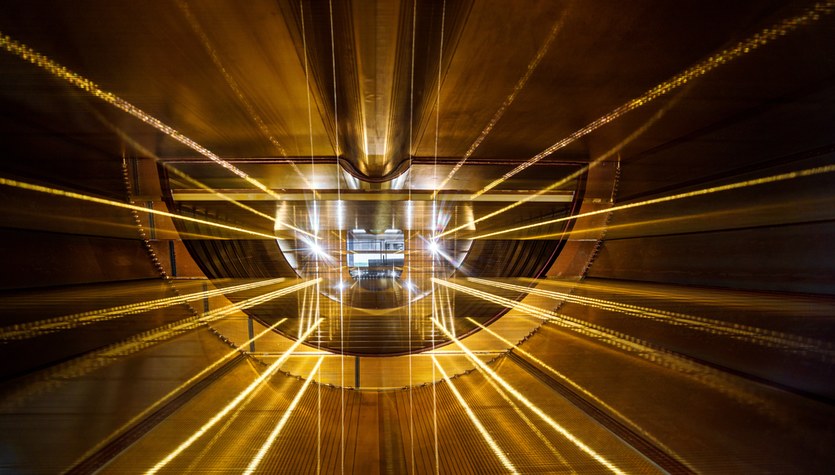On Friday, after a three-year hiatus, it will be launched Large Hadron Collider (Large Hadron Collider, or LHC) at CERN, Switzerland, near Geneva. In its 27-kilometre tunnel, particles are accelerated to great speeds. Others are created in particle collisions, and this allows physicists to examine theoretical predictions computed from equations.
Equations that describe particles are called Standard FormIt was developed until the seventies of the last century. It explains many of the rules that govern the particle world. made it possible to predict the discovery of the last of them, Higgs bosonIn 2012.
Unfortunately, it does not explain everything – for example, it does not show at all why certain particles have only this mass and not another. This bothers physicists and makes them suspect that it is not a perfect model. Outside of it, there may be unknown laws of physics.
The results of experiments in recent years point to the fact that there are hitherto undiscovered laws that govern the particle world. was one of them LHCb . experiencewho study the decay of b quarks (called beautiful or bottom quarks).
According to the Standard Model, these particles must often decay into another quark (called a stranger) and two electrons, or into an s quark and two muons. Measurements showed that the first decay occurs more often, with a pair of electrons – and that a pair of muons occurs less frequently. This was a huge difference – instead of the 50 to 50 ratio, it turned out to be 57.5 to 42.5 percent. The b quarks decay into muons by 15 percent Less than the theory expects.
Physicists already have some ideas about why this might happen. However, the explanation requires presence New particles that have not yet been discovered. It may also turn out that the strange decay of b quarks was merely a statistical anomaly. The probability of it being one in a thousand.
However, this is not the only scratch on the standard model. Physicists recently published calculations showing that another particle called the B meson is heavier than the model predicts. In this case, the chances of the error being statistical are much lower, only 1 in 3.5 million
Hence physicists’ curiosity about the workings of the improved LHC after the break. It will take several months to collect the first data, and it will continue to be analyzed in the same amount. Scientists don’t expect results before 2026. Then it remains to be seen if there is an unknown force in nature that tilts the decay of quarks in favor of electrons. it will be from The greatest breakthrough in physics From the development of the Standard Model, ie For more than 60 years.

“Devoted organizer. Incurable thinker. Explorer. Tv junkie. Travel buff. Troublemaker.”







